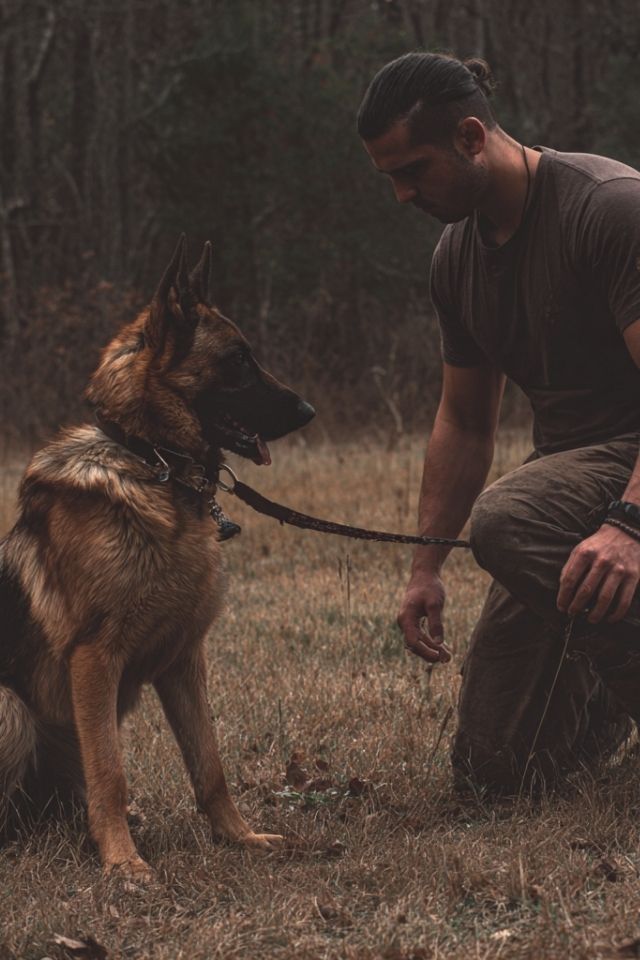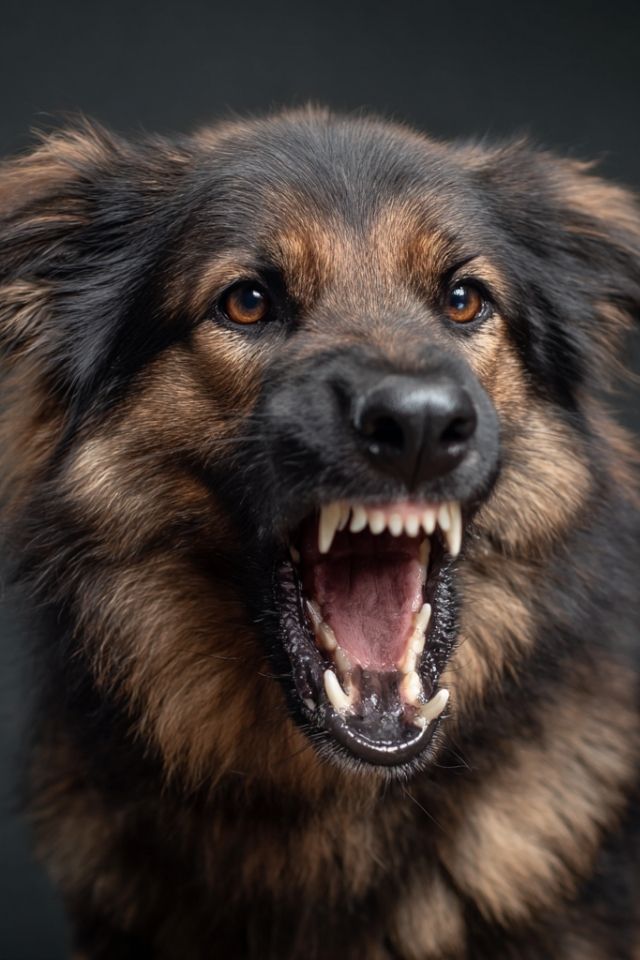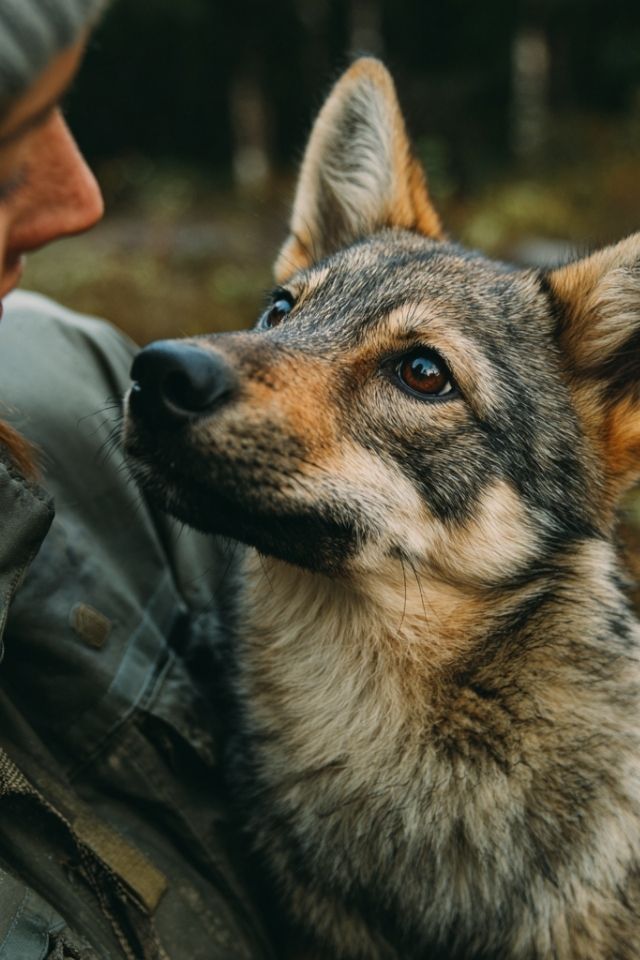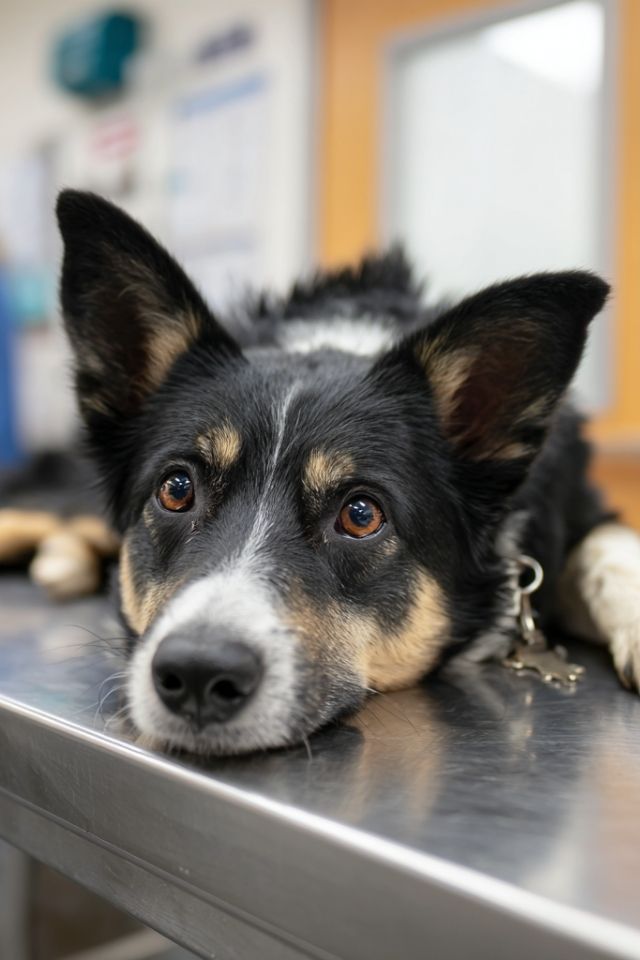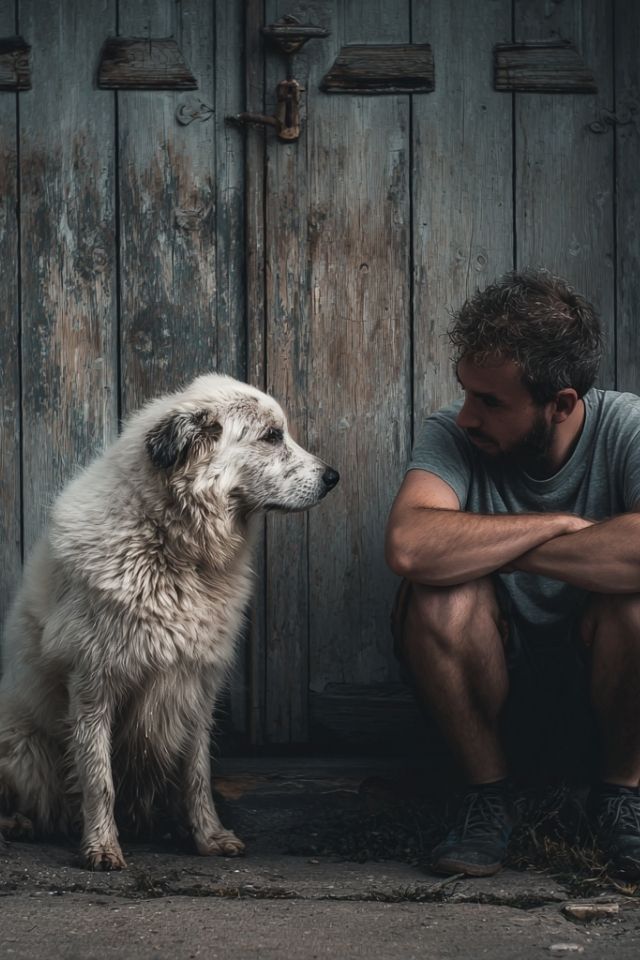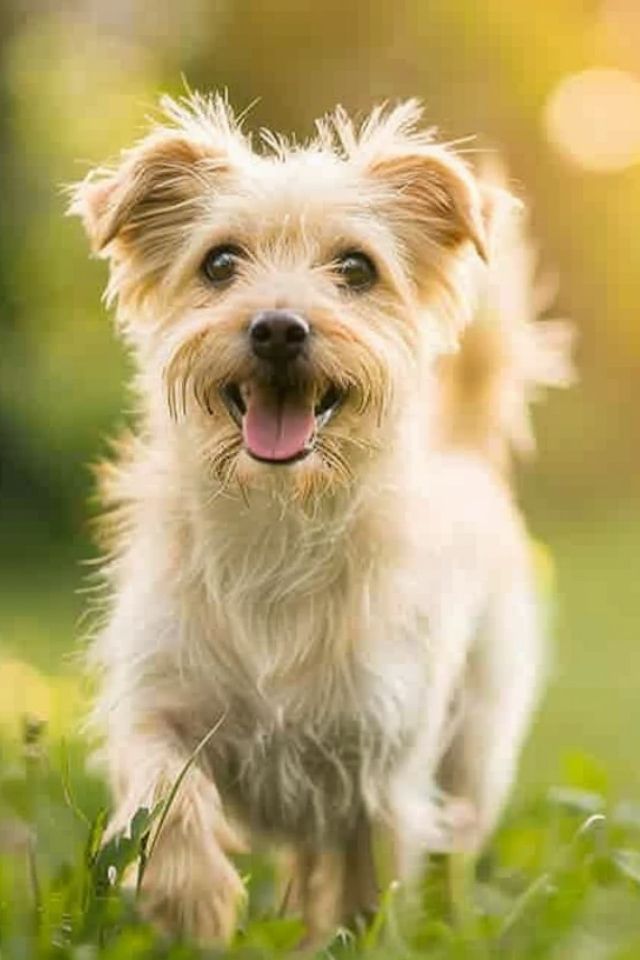Picture this: You’re at the park with your companion, approaching a group of unfamiliar dogs. Suddenly, your normally confident friend becomes fascinated with a blade of grass, sniffing it with the intensity of a detective at a crime scene. Or perhaps during your morning training ritual, just as you ask for that challenging “stay,” your dog yawns—not the sleepy stretch of dawn, but something different, something that whispers of an inner conversation you’re only beginning to understand.
Welcome to the hidden symphony of displacement behaviors, where every scratch, every redirected sniff, every out-of-place yawn is a note in your dog’s emotional composition. These aren’t random quirks or stubborn moments—they’re the poetry of conflict, the dance between desire and uncertainty that plays out in the space between heartbeats.
The Language Beneath the Language
In the quietest moments of observation, you might catch your dog speaking in displacement—a language older than words, carved into the very DNA of mammalian survival. It’s the same force that makes you tap your fingers during a difficult conversation or adjust your collar when nervous. But in dogs, this ancient dialogue has evolved into something more: a bridge between species, a whisper across the divide of human and canine consciousness.
Imagine your dog’s mind as a river meeting an immovable stone. The water cannot flow straight through, nor can it simply stop. Instead, it finds another path—cascading sideways, creating eddies and whirlpools. This is displacement behavior: the elegant redirection of emotional energy when the direct path is blocked.
The vocabulary includes:
- The yawn that isn’t tiredness but a sigh of internal negotiation
- The sudden scratch that has nothing to do with an itch
- The ground-sniff that becomes a meditation
- The lip-lick when no meal is near
- The shake-off that releases invisible tension
Each gesture carries meaning, like brushstrokes in an emotional painting only you can learn to read. They emerge not from defiance but from the tender space where conflicting feelings meet—want and can’t have, approach and retreat, excitement and overwhelm. 🐾
The Neurological Dance Within
Beneath your dog’s skin, in the hidden rivers of neurons and chemistry, a complex ballet unfolds each time these behaviors surface. The hypothalamic-pituitary-adrenal axis—that ancient alarm system—sends its messengers of cortisol through the bloodstream. But here’s the profound truth: these displacement behaviors aren’t mere symptoms of this arousal. They’re the body’s wisdom in action, pressure valves that prevent the internal storm from becoming a hurricane.
Three master conductors orchestrate this inner symphony:
Serotonin flows like a steady baseline, the cello note that keeps everything grounded. When it wavers, your dog’s ability to navigate emotional complexity shifts.
Dopamine sparks like violin strings—quick, bright, pulling your dog toward desires while simultaneously acknowledging barriers. It’s the chemical of “I want” meeting “I cannot.”
Oxytocin wraps around it all like a warm embrace, the hormone that whispers of connection, that makes your presence a comfort even in uncertainty. It’s why your dog might glance at you mid-yawn, seeking that invisible leash of understanding between you.
Together, they create each dog’s unique emotional fingerprint—some quick to redirect into a scratch, others holding tension until it releases in a full-body shake. This is the NeuroBond at work, the intricate weaving of chemistry and behavior that makes your dog who they are.
Moments of Revelation
The Social Ballet
Watch your dog at the edge of a playgroup, and you’ll see displacement behaviors bloom like flowers in fast-forward. That intense investigation of absolutely nothing on the ground? It’s not avoidance—it’s navigation. Your dog is buying time, reading the room, letting their nervous system catch up with the social complexity before them.
I once witnessed a young Border Collie meeting an elderly Mastiff. The Collie, all contained lightning and suppressed motion, began yawning repeatedly—not from boredom, but from the exquisite tension between her desire to herd and her recognition of the old dog’s stillness. Each yawn was a small surrender, a letting go of instinct in favor of social grace.
Research tells us something beautiful: dogs show more of these behaviors in neutral, ambiguous situations than in clearly threatening ones. It’s uncertainty, not danger, that calls forth this language. Your dog speaks displacement most fluently in those in-between moments where the world hasn’t yet declared its intentions.
The Training Threshold
In the sacred space of learning, where you and your dog meet to shape behavior together, displacement behaviors become particularly eloquent. That moment when you ask for something just beyond current ability—watch closely. The sudden fascination with their own paw, the elaborate stretch that wasn’t needed, the nose-lick that punctuates effort—these aren’t failures. They’re your dog saying, “I’m trying to hold it all together here.”
One guardian described her Labrador during agility training: “Just before the weave poles—his nemesis—he’d always stop to sniff the exact same spot. Every time. Once I understood it was his way of gathering courage, I started giving him that moment. Our times actually improved when I stopped rushing him through his ritual.”
This is the Invisible Leash principle in action—recognizing that true connection honors these moments of internal negotiation rather than pushing through them.
The Individual Symphony
Life Stages and Their Songs
The Puppy’s Scattered Notes: Young dogs play displacement behaviors like a child learning piano—all enthusiasm, no refinement. They might cycle through three different behaviors in ten seconds, each one a small experiment in emotional regulation. It’s not confusion; it’s exploration of their own internal landscape.
The Adult’s Refined Melody: By maturity, each dog has developed their signature moves. One might be a ground-sniffer, another a yawner, yet another might have perfected the art of the sudden, intense self-groom. These become as individual as a signature, as recognizable as their bark.
The Elder’s Whispered Wisdom: Senior dogs often show us the most elegant displacement behaviors—economical, purposeful, effective. Though they might display them more frequently due to the uncertainties that come with aging senses, they’ve also learned which behaviors actually help. A single, deliberate yawn might accomplish what took a puppy five different attempts. 🧠
The Resilience Spectrum
Some dogs move through displacement behaviors like water—fluid, brief touches that successfully navigate the moment. Others get caught in loops, the behavior becoming less solution and more symptom. This isn’t weakness; it’s information about what kind of support your individual dog needs to build their emotional resilience.
The Art of Response
Witnessing Without Fixing
The first step isn’t to eliminate these behaviors but to witness them—truly see them. When your dog begins that telltale sniffing during a training session, resist the urge to redirect immediately. Instead, pause. Breathe. Ask yourself: “What is my friend trying to tell me about this moment?”
This pause—this sacred space of observation—transforms you from trainer to partner, from owner to guardian of emotional wellbeing. You begin to read the emotional weather of your dog’s inner world.
Environmental Alchemy
Once you understand your dog’s displacement vocabulary, you can begin the gentle work of environmental adjustment. That corner where your dog always seems to scratch? Perhaps it’s where the chaotic energy of the household converges. A simple visual barrier, a soft bed with walls that create a den-like feeling, might transform it from a stress point to a comfort zone.
The magic isn’t in eliminating all triggers but in creating spaces where your dog’s natural coping mechanisms can work effectively. Like Soul Recall practices that honor a dog’s need to return to center, we create environments that support rather than challenge their emotional equilibrium.
The Social Symphony
Remember: dogs with companions show dramatically fewer displacement behaviors. This isn’t just about having another dog—it’s about the quality of social connection. Your presence, when attuned and responsive, can be the companion that matters most. When you learn to read these signals and respond with understanding rather than frustration, you become part of your dog’s coping system, not another source of conflict.
The Greater Journey
These behaviors are not problems to solve but conversations to join. They’re your dog’s way of saying, “I’m navigating something complex here, and I’m doing it with the tools evolution gave me.” Every lip-lick during a greeting, every strategic sniff during training, every seemingly random yawn is part of an ancient wisdom that predates our partnership by millions of years.
Yet dogs have done something remarkable—they’ve adapted this primal language to include us. The displacement behaviors your dog shows aren’t just reflexive responses to their environment; they’re often calibrated to your specific relationship, influenced by every interaction you’ve shared, every moment of understanding or misunderstanding between you.
The Invitation
As you move forward with this knowledge, you’re not just learning to read behaviors—you’re being invited into a deeper conversation with your dog’s inner world. That yawn during your evening walk isn’t rudeness; it’s trust—trust that you’ll understand, that you’ll slow down, that you’ll honor the communication.
The path forward spirals gently:
- Begin by simply noticing, without judgment
- Create small moments of choice in your dog’s day
- Honor the pause before the storm
- Celebrate the successful navigation of uncertainty
- Build resilience through understanding, not suppression
This is the NeuroBond made visible—the intricate, beautiful, sometimes challenging dance between two nervous systems learning to harmonize. When you recognize that scratch, that sniff, that perfectly-timed yawn for what it truly is, you’re not just seeing behavior. You’re witnessing your dog’s soul in motion, navigating the complexities of a human world with remarkable grace.
And in that recognition, in that moment of true seeing, the invisible leash between you strengthens, woven not from control but from comprehension, not from dominance but from the deepest form of love—the love that sees, understands, and responds with wisdom. 🐾

